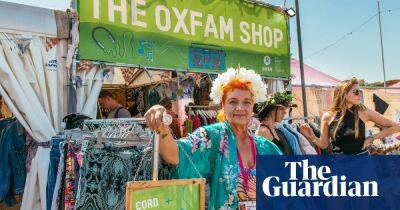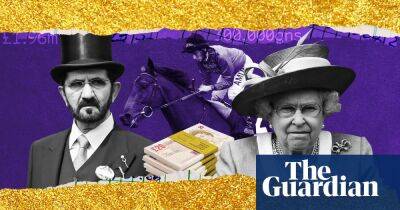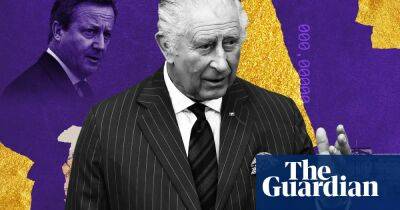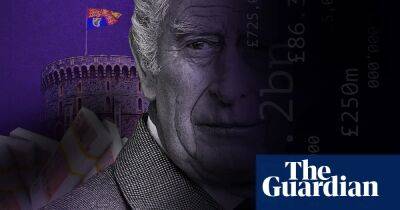What are the rules on gifts for the royal family?
The policy on the receipt of gifts by the royal family was drawn up in 1995 and most recently updated in 2003. It is less a set of rules and more a policy or set of guidelines about how the family should behave.
Broadly, it divides gifts into two categories: official and personal.
Official gifts are those received by the family in connection with their official duties, or those sent in by businesses or individuals they do not personally know. They include those received from officials or dignitaries, such as other heads of state or elected representatives, during state visits or other official functions. They are not the family members’ private property.
Official gifts cannot be sold or traded. They can be worn or used by members of the royal family, or placed on public display in palaces. Items given to the monarch from another head of state or government automatically become part of the royal collection, an institution set up to manage the country’s royal heritage. Otherwise, they go into storage.
Personal gifts are those from people whom members of the royal family know in a private capacity, and that are not given in connection with an official engagement or duty. These can be of any value. They are owned by the family member privately.
Gifts from those with whom they have some sort of formal relationship, such as royal warrant holders, are also considered personal, but only if they are worth less than £150. Anything more valuable is an official gift.
Cost of the crown is an investigation into royal wealth and finances. The series, published ahead of the coronation of King Charles III, is seeking to overcome centuries of secrecy to better understand how the royal family is funded, the extent to which individual members
Read more on theguardian.com



















